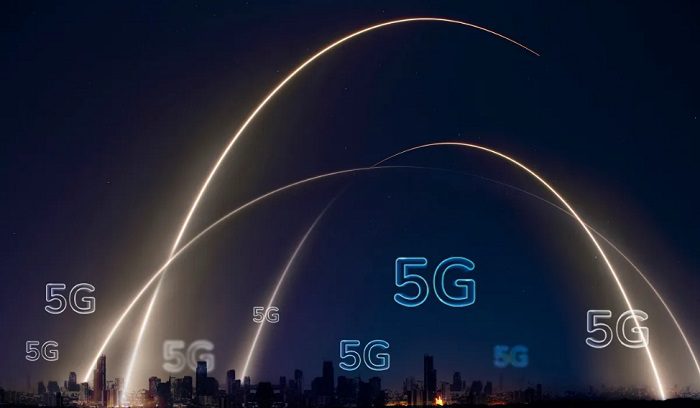The 5G technology has revolutionized the telecommunications industry with its unprecedented speed and potential to connect billions of devices. Advanced 5G equipment forms the backbone of this transformation. Four trends are shaping the 5G equipment market: Massive MIMO and Beamforming for improved network capacity, Virtualization and Software-Defined Networking (SDN) for flexibility and cost efficiency, Edge Computing for low-latency processing, and Network Slicing for diverse services on the same network.
Global demand for 5G equipment has surged due to the need for faster and more reliable connectivity. The market is projected to reach USD 328.7 billion by 2032, with regions like North America and Asia Pacific leading in deployment. Key players such as Huawei, Ericsson, Nokia, and Samsung drive innovation and standardization in the industry through extensive R&D and collaboration.
Several growth drivers fuel this technological revolution. The increasing mobile data traffic demands efficient handling by 5G networks. The proliferation of IoT devices requires a robust infrastructure, which 5G provides with its lower latency and higher device density. Industry 4.0 and automation benefit from 5G’s capabilities for smart factories and real-time data analysis. Enhanced mobile experiences through AR, VR, and HD video streaming are possible due to 5G’s high-speed and stable connections.
Moreover, 5G supports digital transformation by enabling emerging technologies like AI, big data analytics, and cloud computing. In smart cities, interconnected systems rely on 5G, and connected and autonomous vehicles benefit from it on the roads. Government initiatives and support worldwide encourage 5G deployment through policies, investments, and spectrum allocation, fostering infrastructure development and industry adoption.




















